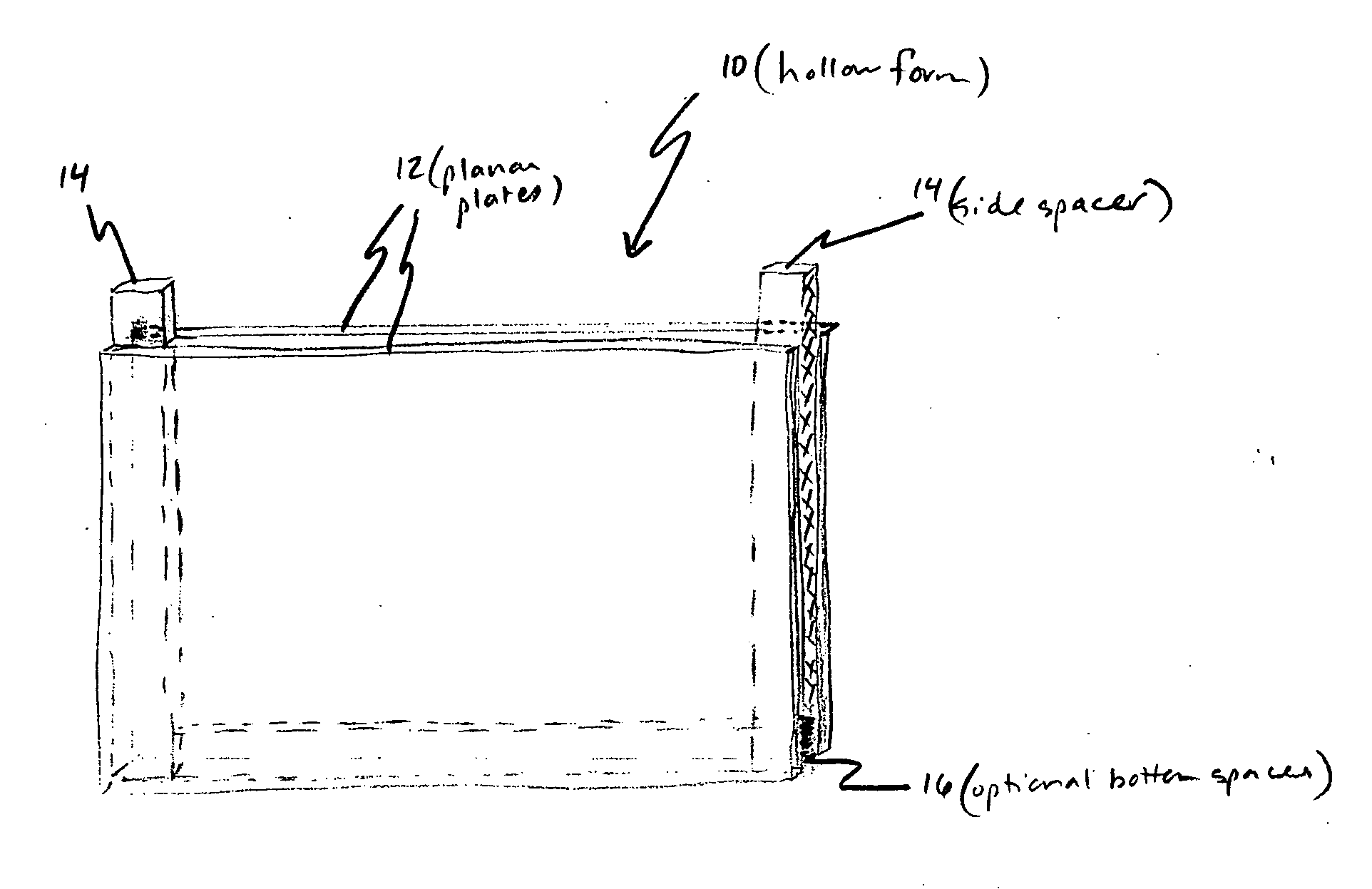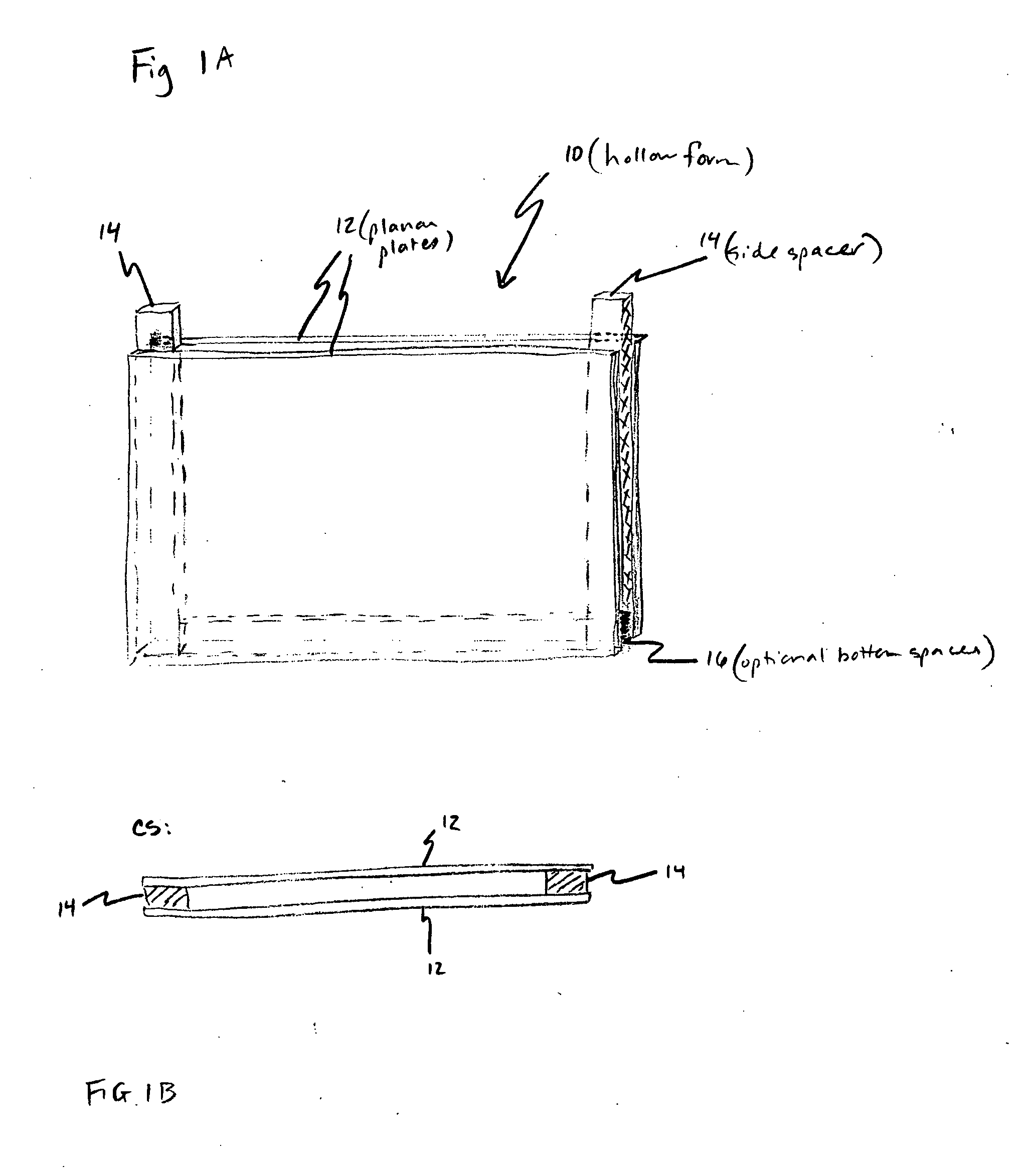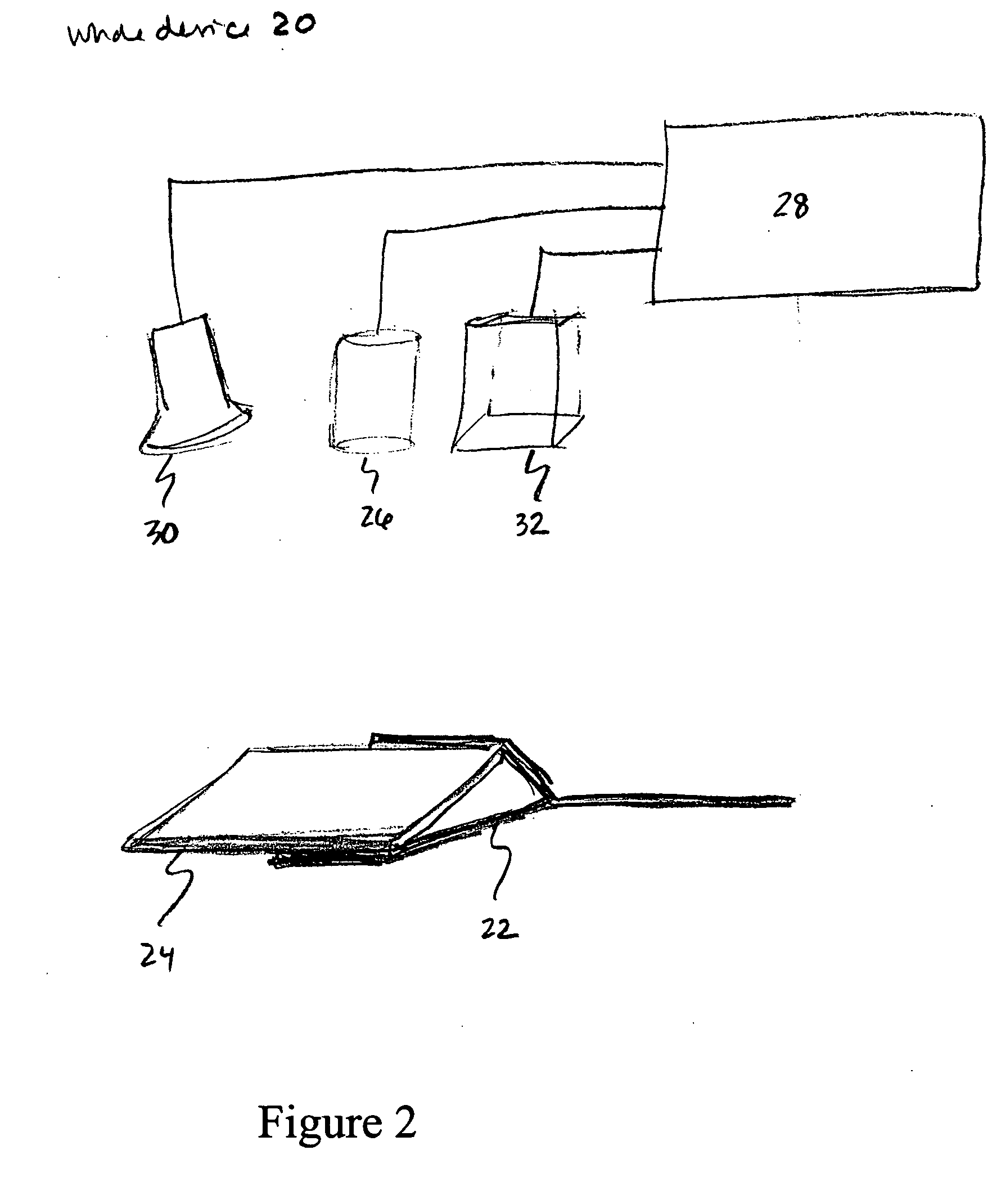Method for rapid detection and evaluation of cultured cell growth
a technology of cultured cells and growth, applied in the field of rapid detection and evaluation of cultured cell growth, can solve the problems of obscuring the slow-growing microorganism, affecting the rapid identification of slow-growing microorganisms, and reducing the usefulness of liquid culture growth
- Summary
- Abstract
- Description
- Claims
- Application Information
AI Technical Summary
Benefits of technology
Problems solved by technology
Method used
Image
Examples
example 1
[0127] Toxicity evaluation for individual growth or metabolism indicators in accordance with the invention was conveniently carried out as follows. Phosphor powder, Pd-meso-tetra (4-carboxyphenyl) porphyrin with two layers of glutamate dendrimer, was dissolved in five milliliters of distilled, deionized and filter-sterilized water and filtered through an 0.2 micron filter to provide a filter-sterilized solution with a concentration of 8 mM and a pH of 7.4. Three dilutions were made from the 8 mM solution to create stock solutions, such that an equal volume of each stock solution was used to dilute to the final concentration in the culture medium. The final concentrations tested were 4, 8 and 16 μM, respectively. Control tubes were supplied with the same volume of sterile water in lieu of a phosphor dilution.
[0128] Each of final phosphor dilution (1:500, 1:1000 and 1:2000, respectively) was prepared in duplicate. The paired tubes were inoculated with two different concentrations of ...
example 2
[0130] A hollow form was assembled using two 3 inch by 4 inch (7.6 cm×10 cm) glass plates separated by 0.5 mm thick spacers to form a rectangular space. Agarose was added to a final concentration of 1% agarose (wt / vol) to liquid culture medium (pH 7.2) containing physiological saline, casein hydrolysate and glucose. The mixture was heated to near boiling for about 30 minutes to make the gelling culture medium. The gelling culture medium was allowed to cool to about 40° C., then phosphor and bovine serum albumin (BSA) was added. The phosphor, Oxyphor G2, a Pd-tetra (4-carboxyphenyl) tetrabenzoporphyrin dendrimer (Dunphy et al., Anal. Biochem. 310:191-198 (2002)), was added to a final concentration of 2 micromolar. The BSA, which was not sterilized, was added to a final concentration of 1% (wt / vol).
[0131] The phosphors useful in the instant invention generally are not heat labile. However, Oxyphor G2 requires BSA, which is heat labile, for binding to give the phosphor a quenching con...
example 3
[0135] When the present detection / identification methods are applied to biological fluids, such as blood, that have low numbers of pathogens in a large volume of fluid, clinical requirements initially necessitate the use of large sample volumes. This could make the detection system large in size and cumbersome to work with, as well as difficult to construct and clean. Therefore, to meet this special need the sample holder is a hollow form as previously described having two flat glass or plastic plates separated by one or more spacers, and held together by suitable clamps or frame, or preformed as disclosed above. However, between the plates is inserted a simple, sterile, but disposable, puncture-resistant plastic bag (“culture bag”), into which the inoculated mixture is placed (the inoculated mixture as described above comprises the gelling culture medium in aqueous form prior to gelation with growth or metabolism indicator(s) and all necessary growth additives and gelling agent dis...
PUM
| Property | Measurement | Unit |
|---|---|---|
| Electrical resistance | aaaaa | aaaaa |
| Photoluminescence | aaaaa | aaaaa |
| Antimicrobial properties | aaaaa | aaaaa |
Abstract
Description
Claims
Application Information
 Login to View More
Login to View More - R&D
- Intellectual Property
- Life Sciences
- Materials
- Tech Scout
- Unparalleled Data Quality
- Higher Quality Content
- 60% Fewer Hallucinations
Browse by: Latest US Patents, China's latest patents, Technical Efficacy Thesaurus, Application Domain, Technology Topic, Popular Technical Reports.
© 2025 PatSnap. All rights reserved.Legal|Privacy policy|Modern Slavery Act Transparency Statement|Sitemap|About US| Contact US: help@patsnap.com



